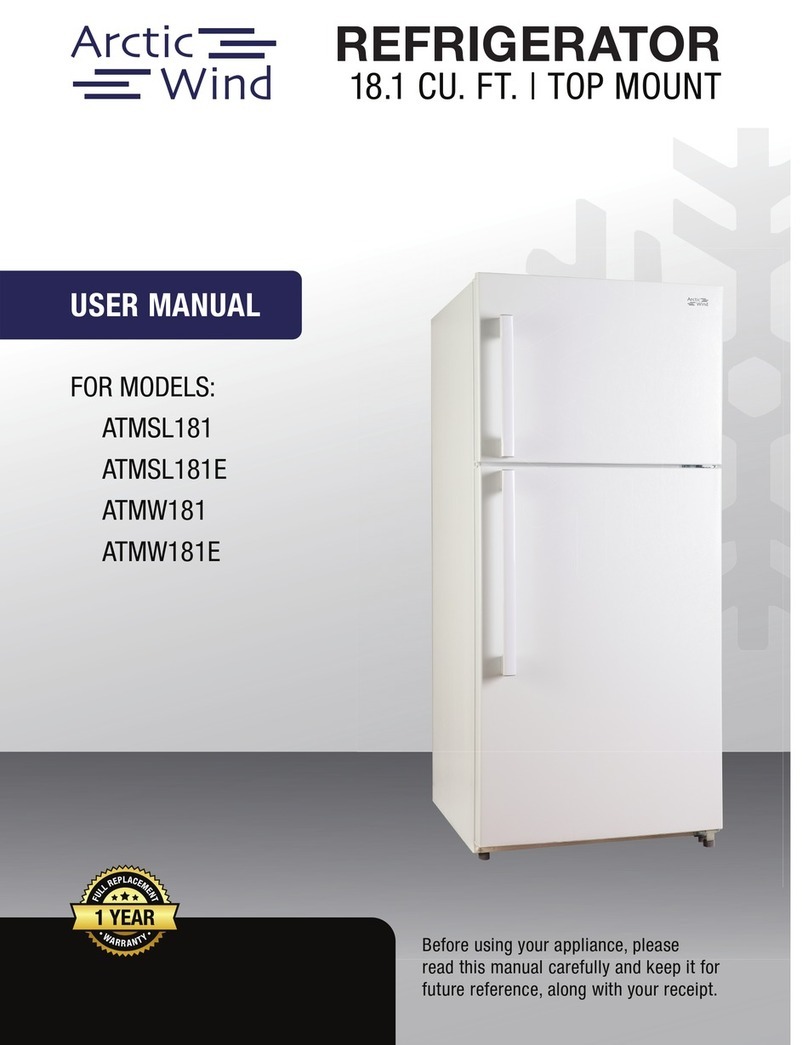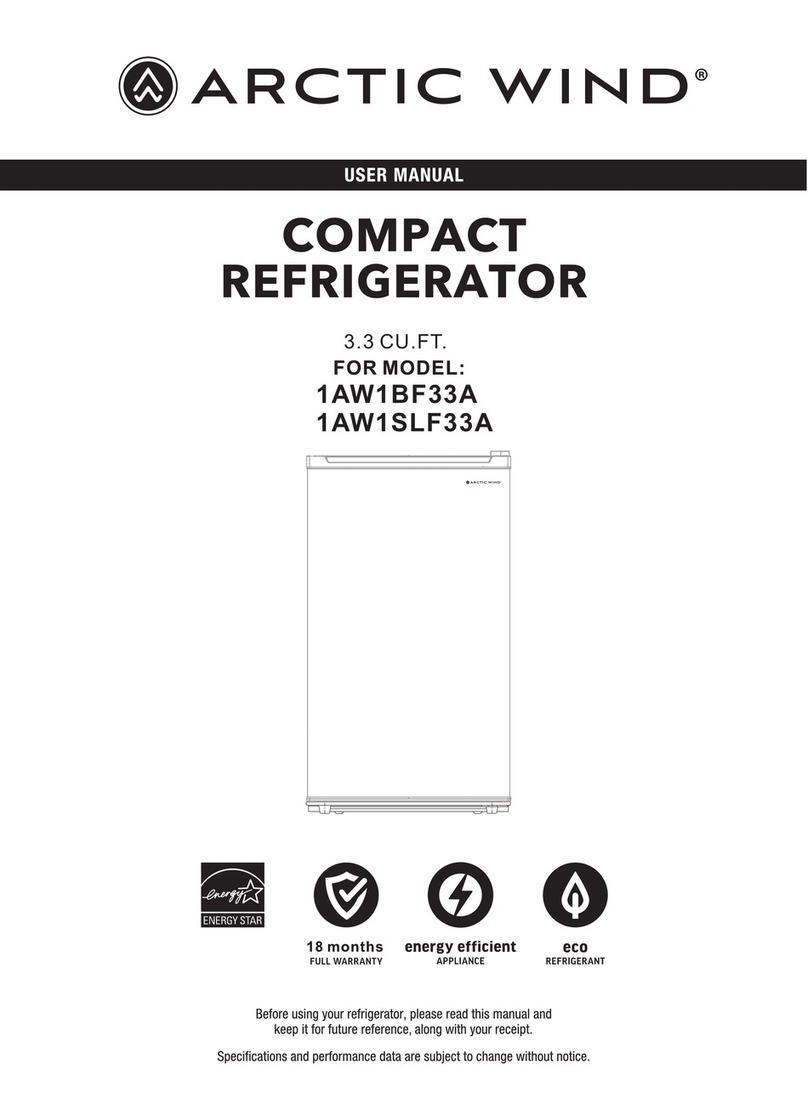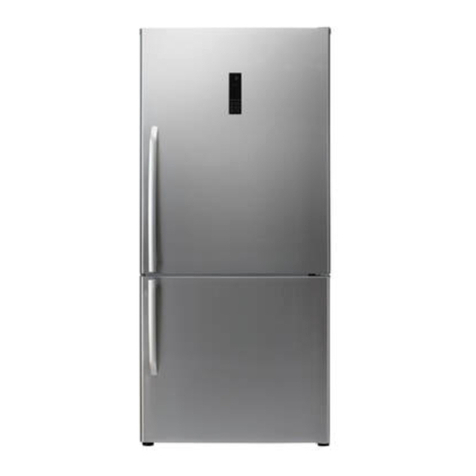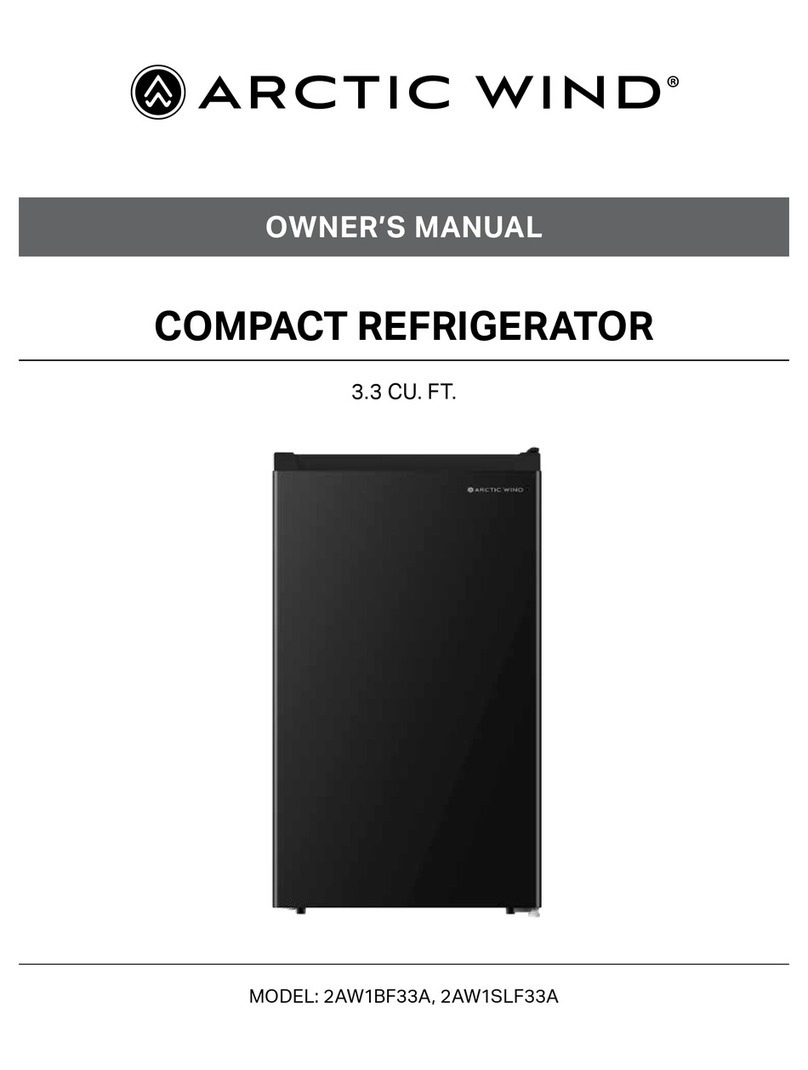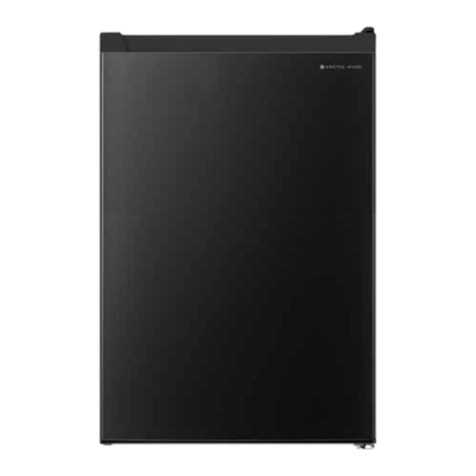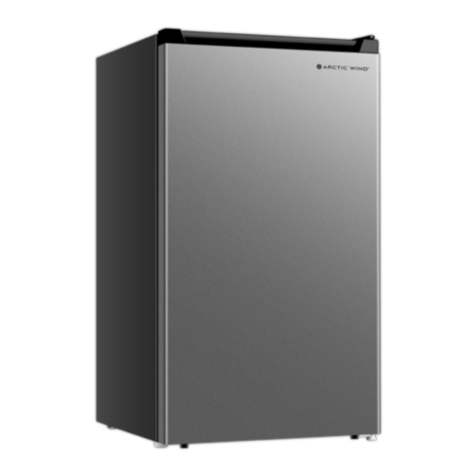
1
RECOMMENDATIONS:
This appliance is intended to be used in household and similar applications such as staff kitchen areas in shops, offi ces
and other working environments; farm houses and by clients in hotels, motels and other residential type environments;
bed and breakfast type environments; catering and similar non-retail applications.
Children should be supervised to ensure that they do not play with the appliance.
If the supply cord is damaged, it must be replaced by the manufacturer, its service agent or similarly qualifi ed persons
in order to avoid a hazard.
DO NOT store explosive substances such as aerosol cans with a fl ammable propellant in this appliance.
The appliance has to be unplugged after use and before carrying out user maintenance on the appliance.
WARNING: Risk of fi re / fl ammable materials.
WARNING: Keep ventilation openings, in the appliance enclosure or in the built-in structure, clear of obstruction.
WARNING: DO NOT use mechanical devices or other means to accelerate the defrosting process, other than those
recommended by the manufacturer.
WARNING: DO NOT damage the refrigerant circuit.
WARNING: DO NOT use electrical appliances inside the food storage compartments of the appliance, unless they are the
type recommended by the manufacturer.
WARNING: Please dispose of the refrigerator according to local regulators as it uses fl ammable blowing gas
and refrigerant.
DO NOT use extension cords or ungrounded (two prong) adapters.
DANGER: Risk of child entrapment. Before you throw away your old refrigerator or freezer:
-Remove the doors
-Leave the shelves in place so that children may not easily climb inside
The refrigerator must be disconnected from the electrical supply source before attempting accessory installation.
Refrigerant and cyclopentane foaming material used for the refrigerator are fl ammable. Therefore, when the refrigerator
is scraped, it shall be kept away from any fi re source and be recovered by a special recovering company with
corresponding qualifi cation other than be disposed by combustion, so as to prevent damage to the environment or any
other harm.
READ SAFETY PRECAUTIONS BEFORE INSTALLATION
To prevent injury to the user or other people and property damage, the following instructions must be followed.
Incorrect operation due to ignoring of instructions may cause harm or damage.
1.1 WARNING
WARNING: Risk of fi re / fl ammable materials
1. SAFET Y WARNINGS
